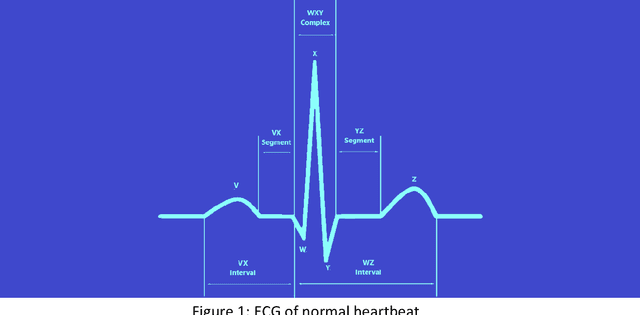Atrial Fibrillation: A Medical and Technological Review
Paper and Code
Sep 18, 2021
Atrial Fibrillation (AF) is the most common type of arrhythmia (Greek a-, loss + rhythmos, rhythm = loss of rhythm) leading to hospitalization in the United States. Though sometimes AF is asymptomatic, it increases the risk of stroke and heart failure in patients, in addition to lowering the health-related quality of life (HRQOL). AF-related care costs the healthcare system between $6.0 to $26 billion each year. Early detection of AF and clinical attention can help improve symptoms and HRQOL of the patient, as well as bring down the cost of care. However, the prevalent paradigm of AF detection depends on electrocardiogram (ECG) recorded at a single point in time and does not shed light on the relation of the symptoms with heart rhythm or AF. In the recent decade, due to the democratization of health monitors and the advent of high-performing computers, Machine Learning algorithms have been proven effective in identifying AF, from the ECG of patients. This paper provides an overview of the symptoms of AF, its diagnosis, and future prospects for research in the field.
 Add to Chrome
Add to Chrome Add to Firefox
Add to Firefox Add to Edge
Add to Edge